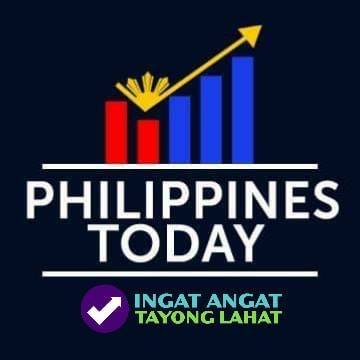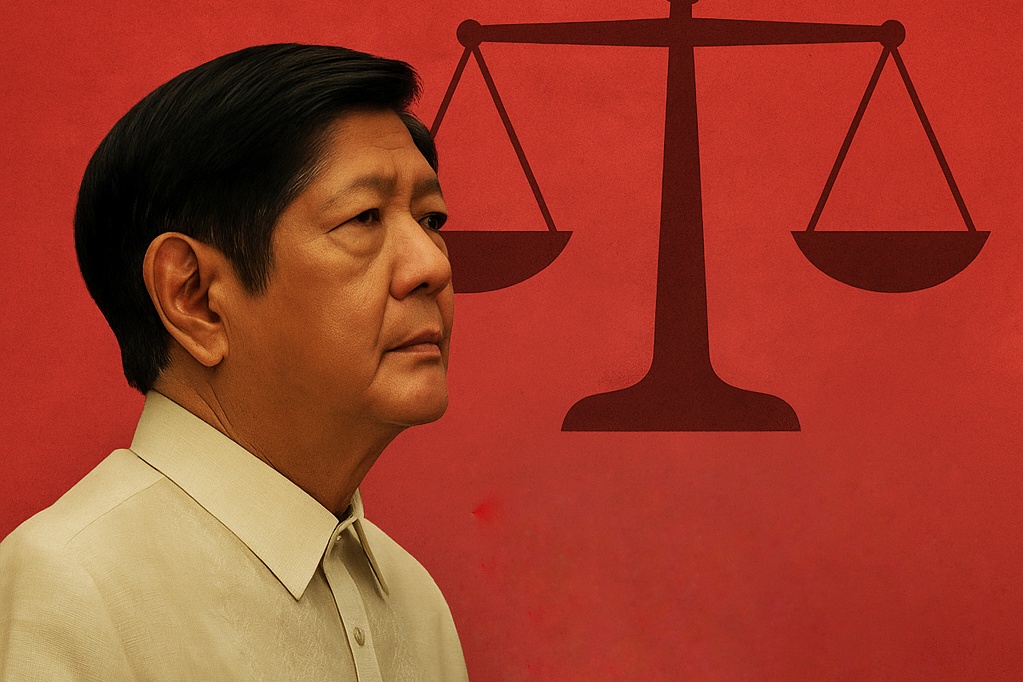Marcos at midterm: Between ambition and accountability
President Ferdinand Marcos Jr. will deliver his fourth State of the Nation Address (SONA) this Monday, marking the midpoint of his six-year term. As the administration moves into its latter half, expectations remain high—but so do the questions surrounding transparency, political cohesion, and whether his leadership is delivering progress or entrenching power.
Elected on a platform of continuity and calm, Marcos inherited a nation fatigued by division and pandemic fallout. His early promises were ambitious: lower food prices, a revitalized agricultural sector, modern infrastructure, and a sovereign wealth fund to drive investment. But halfway through his term, doubts persist—not just about delivery, but about the direction in which the country is being led.
The Maharlika Investment Fund (MIF), once hailed as a financial milestone, has become a cipher. Apart from a stake in a company linked to the National Grid Corporation, the fund’s movements remain largely undocumented. Critics warn of strategic drift, with some noting the national security risks posed by China’s significant share in the grid operator. Yet the administration has offered little transparency, and last year’s SONA omitted Maharlika altogether—a silence that has grown louder with time.
Domestically, economic headwinds persist. Despite legislative wins—including the Ease of Paying Taxes Act and a digital economy roadmap—Filipinos continue to struggle with inflation, stagnant wages, and deepening poverty. The Philippine Statistics Authority recorded a 15.5% official poverty rate in 2023, while 63% of families considered themselves poor in December 2024—the highest self-rated poverty in 21 years, according to Social Weather Stations. Marcos’s approval ratings have fallen in step, reflecting a broader sense of disillusionment.
Meanwhile, the political center he once claimed to command is fracturing. A feud with Vice President Sara Duterte—sparked by harsh exchanges and an alleged death threat—has escalated from whispers to front-page drama. After midterm allies underperformed at the polls, the president ordered the courtesy resignations of all cabinet secretaries in what he called a “government reset.” Observers see the move as a defensive maneuver, not a strategic one.
Foreign policy offers a rare bright spot. Marcos has drawn a clearer line against China’s encroachment in the West Philippine Sea while deepening military ties with the United States and regional allies. But diplomacy alone won’t shelter the administration from domestic storm clouds—especially with critical infrastructure, disaster resilience, and energy policy still hampered by underinvestment and short-termism.
Under the banner of “Bagong Pilipinas”, the president is expected to double down on branding a reformist image. Yet slogans are no longer enough. With time ticking and trust eroding, Marcos must do more than declare intent—he must account for outcomes.
His fourth SONA is not just another speech. It is a test of credibility. And for a leader long shielded by legacy, it may be the clearest signal yet of whether his presidency is building a nation—or just building a name.



0 Comment